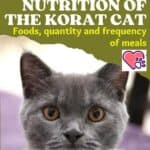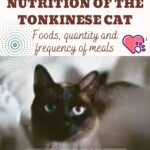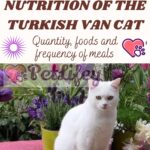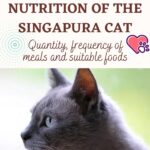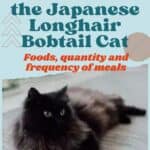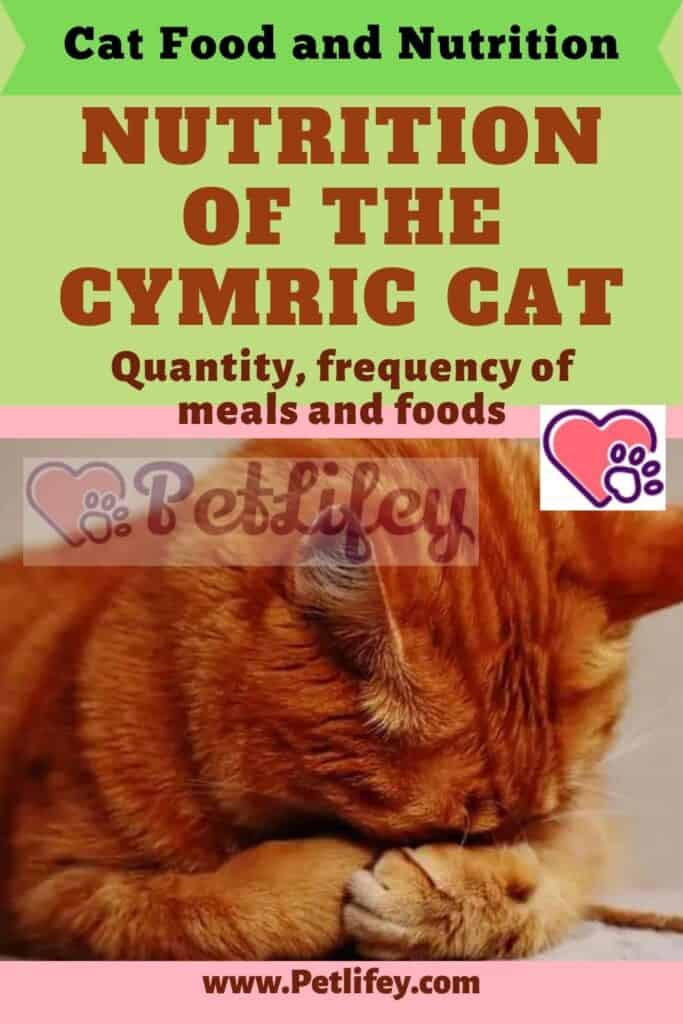
Nutrition of the Cymric, the secrets of a perfect physical shape, thanks to an adequate diet of this wonderful breed of cat.
In today’s article we will learn about the correct nutrition of the Cymric, that is the frequency of meals and the quantities necessary for the daily requirement of this particular breed of long-haired cat.
What to feed the Cymric
Each specific breed has different peculiarities that can lead to equally different needs.
When deciding to adopt a Cymric, it is important to know their specific dietary needs.
To avoid that the Cymric cat can become obese due to too much appetite, it is necessary to keep it in a controlled and disciplined diet.
In most cases, to be able to offer a complete and balanced meal, many people prefer to give the cat dry food, available on the market in specialized stores.
This does not mean that we cannot personally prepare homemade recipes for cats. The important thing is that they are able to contain, for the most part, animal proteins; while the fat must not exceed 10%.
The foods that can be used for any recipes for cats are:
- chicken, turkey, beef;
- salmon, tuna, trout, mackerel;
- liver, lungs, heart, stomach, etc.;
- fresh fruit and vegetables;
- fermented milk products, probiotics;
- vitamin and mineral supplements.
Minerals and vitamins also make up a good part of the Cymric cat’s nutritional values:
- minerals: they are essential for the development and maintenance of tissues. They consist of: calcium, phosphorus, magnesium, potassium, sodium and chlorine (their deficiency can cause organic dysfunctions) and those that must be in small doses are: manganese, iron, copper, zinc, iodine and selenium (the excess of some can lead to intoxication with even lethal consequences);
- vitamins: they are useful for keeping the immune system strong and healthy. For example, iron, potassium, calcium, magnesium, copper, zinc and selenium, vitamins E, C, D, and K. However, it is necessary to use them appropriately, perhaps by contacting the veterinarian.
Nutrition of the Cymric: doses and frequency of meals
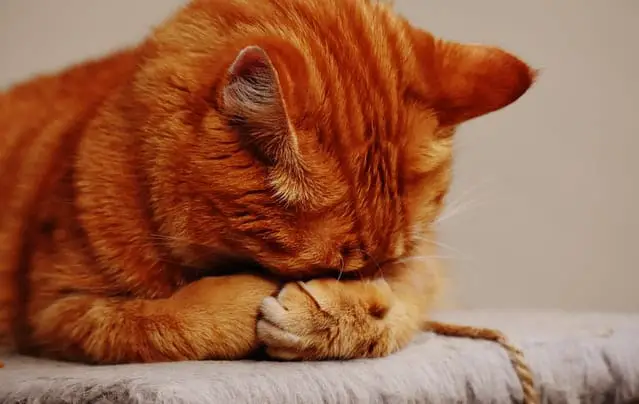
The Cymric is a relatively active solid and sturdy cat although he is a skilled jumper and sprinter.
In theory, it does not have a sedentary lifestyle so there are no major risks of obesity caused by food, however this cat often prefers the bowl to games.
The Cymric is a cat with its own food preferences to which it is not possible to yield. In fact, the most common mistake is to think that cats eat all the same foods and in the same doses.
The proportion of food will actually vary according to age, lifestyle and general health.
This means that a growing kitten will be more energetic and will need a different balance of nutrients in their diet than the much less active senior cat’s diet.
Other careful assessments regarding the right amount of food are inherent to “ideal body conditions”,
In accordance with the guidelines for nutrition and respect for individual preferences, regarding dry or wet food recipes.
With regard to the frequency of meals, experts recommend dividing them according to the age of the cat.
Since age, degree of activity and health will play a decisive role in the amount of food your Cyrmic can consume, namely:
- from 8 weeks to 6 months: 3 and 4 servings a day of 25 to 30 grams each;
- After 6 months: it is possible to reduce the number of meals to 2 per day from 200 and 450 grams of food each;
- 1 year: one meal a day, it may be appropriate to divide the portion into two in the morning and in the evening of 200 and 450 grams of food each.
After the age of 7, he needs a diet very similar to that of adult cats, trying to adapt the diet to his needs, in order to guarantee him a state of good health.
When it comes to snacks, they are great, but remember that your cat’s diet shouldn’t be based on them but should be some sort of reward.
Another important consideration that experts make is to give the cat a fountain with fresh and available water, in order to prevent the cat from suffering the negative effects of lack of fluids on their health.

